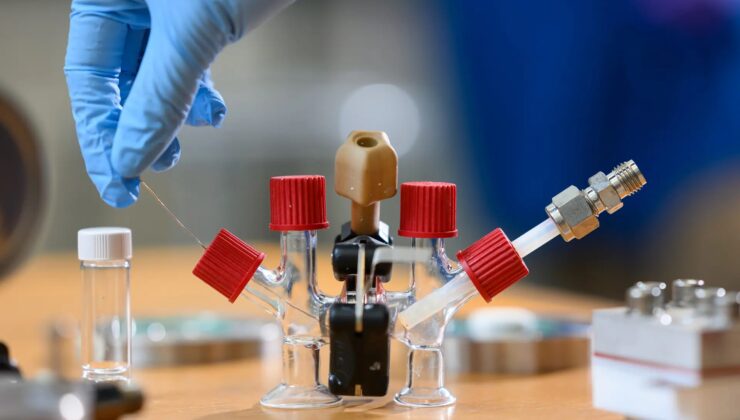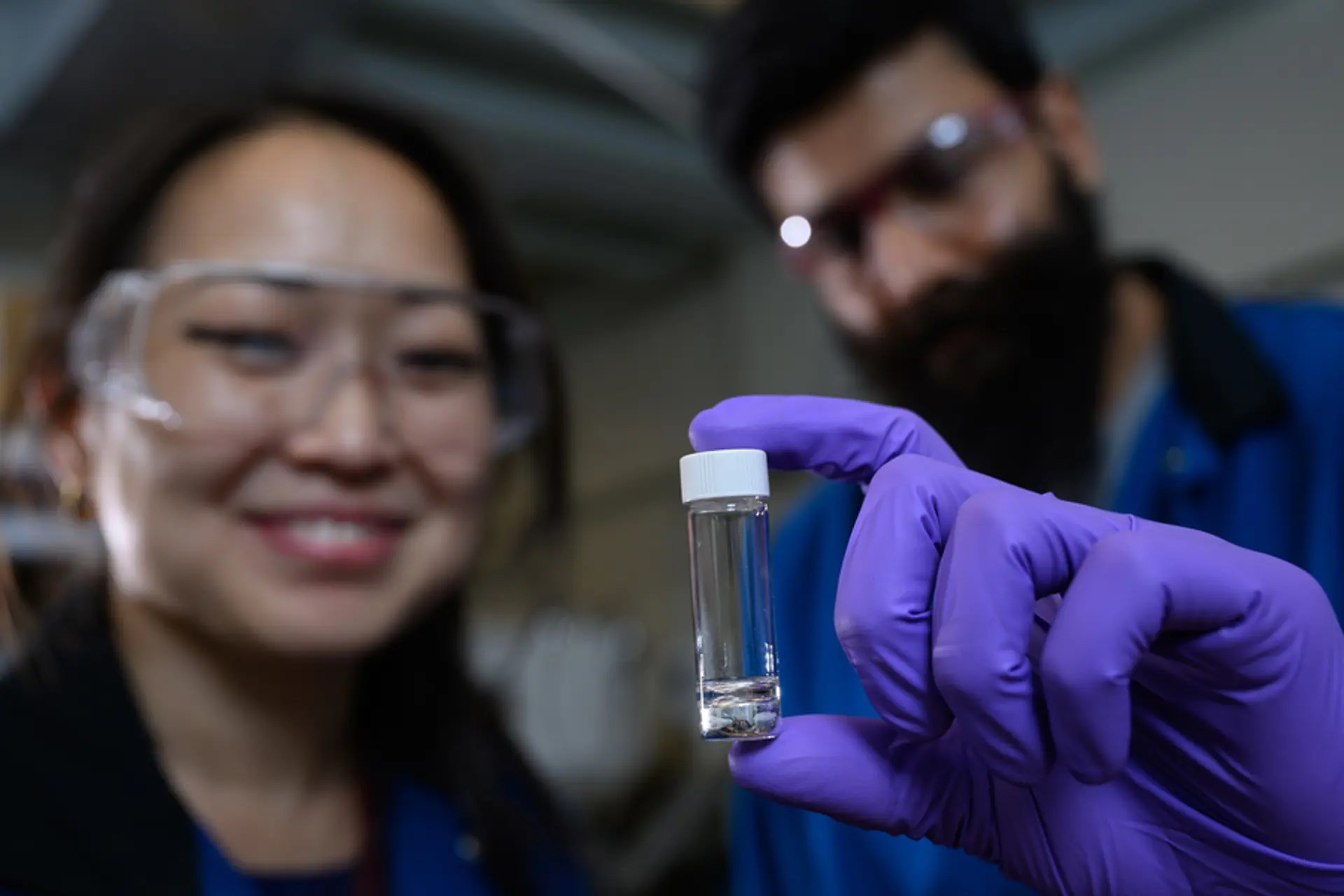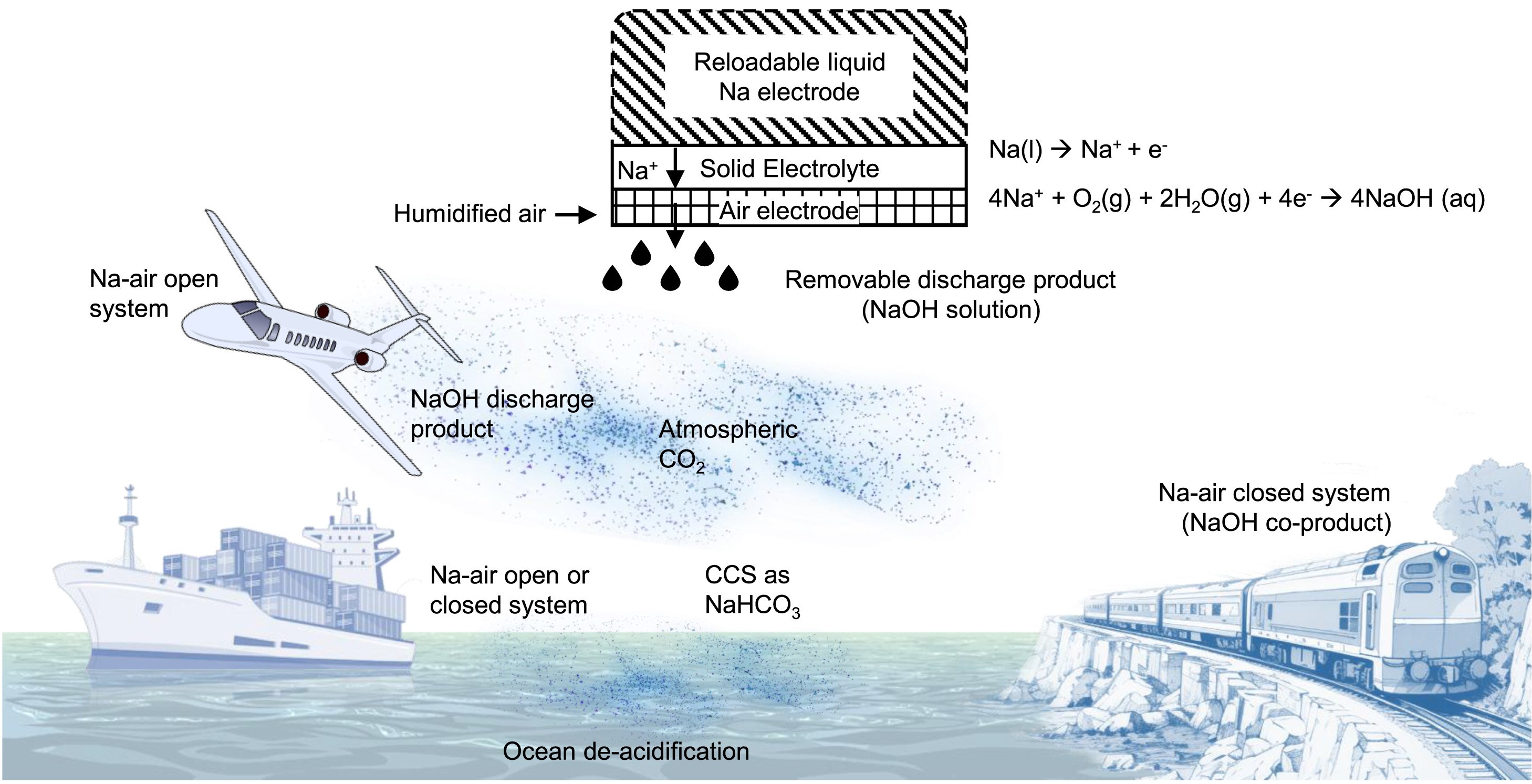

Researchers at Massachusetts Institute of Technology (MIT), led by Professor Yet-Ming Chiang, have unveiled a groundbreaking development in energy technology: a sodium-air fuel cell prototype. This advancement holds the potential to transform the aviation sector by offering over three times the energy density of conventional lithium-ion batteries, potentially facilitating electric flight for short- to medium-range passenger aircraft.

The innovative system operates on the chemical interaction between liquid sodium metal and moist air. It features two separate chambers divided by a solid ceramic electrolyte. Liquid sodium is housed in one chamber, while the other contains humid air. Through the electrolyte, sodium ions journey into the air chamber, where they react with oxygen to produce electricity. A porous electrode is incorporated to enhance this reaction. The resulting sodium oxide not only generates energy but also offers environmental advantages. According to the researchers, releasing this compound from an aircraft can help absorb excess atmospheric carbon dioxide, transforming it into sodium bicarbonate. In the oceans, this compound—commonly known as baking soda—can mitigate the detrimental impacts of greenhouse gases by decreasing ocean acidity. Thus, this sodium-air fuel cell has the potential to facilitate eco-friendly electric aviation and contribute to oceanic health.

The prototype created by Chiang’s team boasts an impressive energy density of 1,000 watts/kg, making it feasible to combine these cells to achieve the range necessary for regional passenger flights. The system is designed for reuse by simply swapping out liquid sodium cartridges, circumventing the recharging challenges faced by previous sodium-air flow batteries. Furthermore, producing sodium metal is not a significant obstacle. Historically, this element was extensively used as a fuel additive during the era of leaded gasoline. Today, it can be efficiently produced using abundant and inexpensive sodium chloride, or table salt. With a melting point of 98°C, it can be processed just below the boiling point of water.
While this technology has not yet been deployed on passenger aircraft, commercial drones are expected to be the first to trial it in the near future. Propel Aero, a startup with MIT backing, plans to release a “brick-sized” fuel cell model with a capacity of 1,000 watt-hours within the upcoming year. The potential applications of the fuel cell extend beyond aviation, with possible uses in trains and maritime vessels as well. “We anticipate people might initially consider this a somewhat audacious concept. If they don’t, I’d be slightly disappointed, because if an idea doesn’t sound audacious initially, it’s probably not groundbreaking enough,” remarks Chiang.
SİGORTA
42 dakika önceBİLGİ
2 gün önceSİGORTA
3 gün önceSİGORTA
6 gün önceSİGORTA
11 gün önceSİGORTA
13 gün önceSİGORTA
13 gün önceSİGORTA
14 gün önceSİGORTA
17 gün önceSİGORTA
18 gün önce 1
DJI Mini 5: A Leap Forward in Drone Technology
20182 kez okundu
1
DJI Mini 5: A Leap Forward in Drone Technology
20182 kez okundu
 2
xAI’s Grok Chatbot Introduces Memory Feature to Rival ChatGPT and Google Gemini
14191 kez okundu
2
xAI’s Grok Chatbot Introduces Memory Feature to Rival ChatGPT and Google Gemini
14191 kez okundu
 3
7 Essential Foods for Optimal Brain Health
13040 kez okundu
3
7 Essential Foods for Optimal Brain Health
13040 kez okundu
 4
Elon Musk’s Father: “Admiring Putin is Only Natural”
12896 kez okundu
4
Elon Musk’s Father: “Admiring Putin is Only Natural”
12896 kez okundu
 5
Minnesota’s Proposed Lifeline Auto Insurance Program
10759 kez okundu
5
Minnesota’s Proposed Lifeline Auto Insurance Program
10759 kez okundu
Sigorta Güncel Sigorta Şikayet Güvence Haber Hasar Onarım Insurance News Ajans Sigorta Sigorta Kampanya Sigorta Ajansı Sigorta Sondakika Insurance News